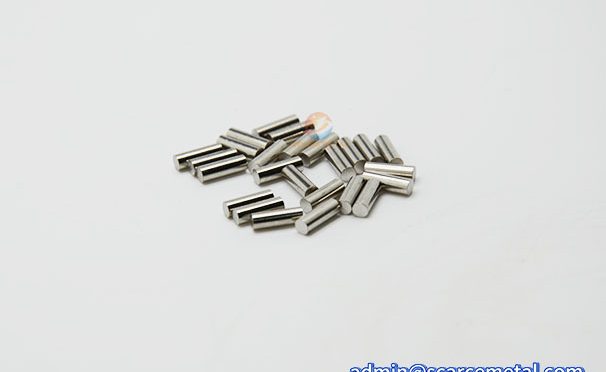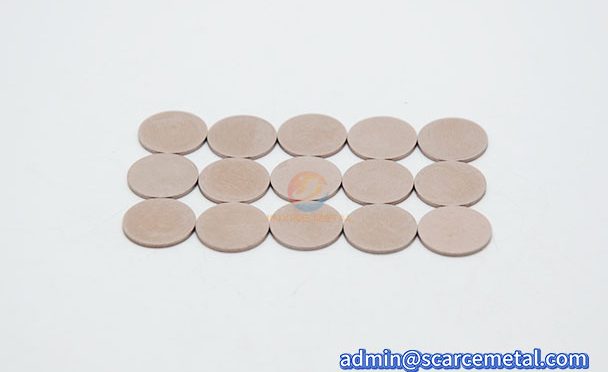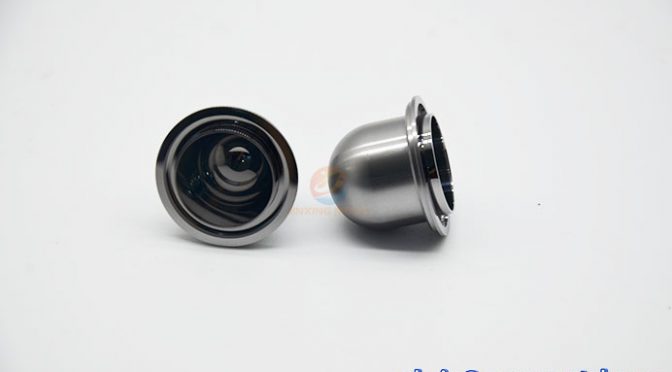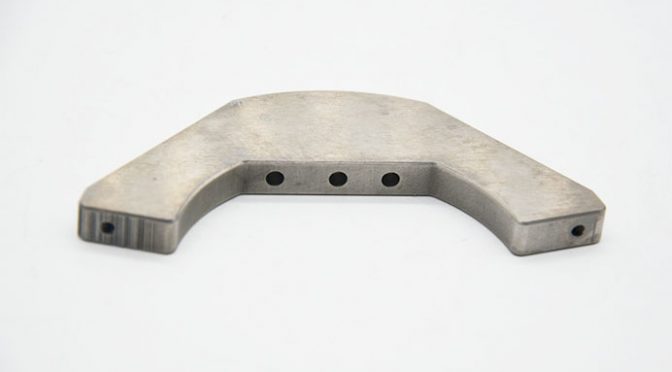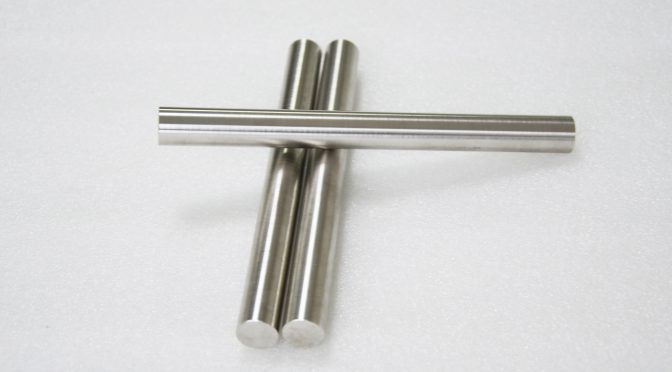Tungsten Weight Plates
Overview
Tungsten weight plates are counterweight materials made from pure tungsten or tungsten alloys through powder metallurgy. With their excellent density, compact size, chemical stability, and environmental safety, they are widely applicable in aerospace, automotive, medical equipment, and construction machinery industries—situations with stringent requirements for counterweight accuracy, space utilization, and environmental friendliness. They are the preferred alternative to traditional lead-based counterweights. If you are interested, please contact us via email for more details on the product, pricing, and delivery time.
Tungsten Features
- High density: Tungsten typically has a density of around 18-19.3 g/cm³, meaning it can provide greater weight for the same volume, making it suitable for space-constrained counterweight designs.
- Chemically stable: It does not oxidize or corrode at room temperature, is resistant to high and low temperatures, and its counterweight performance does not degrade with long-term use due to environmental changes.
- Highly adaptable to processing: It can be rolled and forged into plates of different thicknesses, and can also be precisely cut and drilled to meet the dimensional requirements of complex installation scenarios.
- Excellent hardness and wear resistance: Tungsten alloys have high hardness and are resistant to wear and corrosion, maintaining structural integrity in high-frequency vibration or harsh environments, extending service life.
- Compared to traditional lead counterweights, tungsten is more environmentally friendly, non-toxic or low-toxic, reducing harm to the environment and human health, and meeting the requirements of modern sustainable development.
Dimension
| Material | W-Ni-Fe/W-Ni-Cu |
| Purity | W:93-97% |
| Length | 50-1500mm |
| Width | 10-550mm |
| Thickness | 5-20mm |
| Density | 16.5-19.2g/cm3 |
| Hardness | 24-35HRC |
| Tensile Strength | 800-1500MPa |
| Delivery Time | 15-25DAYS |
| Certification | ISO 9001 |
Tungsten Weight Plates Application
1. Aerospace
Counterweight balancing systems for aircraft, helicopters, and satellites withstand extreme temperatures and vibrations at high altitudes. They deliver significant weight in a compact form factor, helping to maintain flight stability and center of gravity control, reducing footprint, balancing load distribution, and improving flight endurance and handling precision.
2. Automotive Industry
In traditional internal combustion engine vehicles, they are used for crankshaft and flywheel balancing, reducing vibration, extending component life, and improving driving safety.
In racing cars (such as F1 or Le Mans), they serve as chassis counterweights, wheel hub balance weights, and gearbox counterweights, ensuring vehicles meet weight requirements and improving handling and safety.
3. Marine Engineering
Marine equipment: Counterweights for ship propulsion and navigation equipment, reducing swaying during navigation and improving ship stability.
Used as counterweights for drilling platforms and logging tools, helping to stabilize equipment and optimize drilling efficiency under high-pressure environments.
4. Construction Machinery and Heavy Equipment
Cranes: Counterweights for booms and slewing mechanisms, using high-density characteristics to reduce counterweight space requirements, improving lifting efficiency and operational stability.
Precision Equipment: Counterweights for CNC machine tools and grinding machines counteract vibrations during high-speed operation, improving machining accuracy.
5. Medical Equipment
Used as shielding weights in X-ray and radiation protection equipment. Their high density ensures a precise balance of medical instruments, guaranteeing operational stability and preventing image blurring.
Surgical Instruments: Counterweights for surgical robot arms. Their compact size achieves precise weight distribution, reducing inertia and improving surgical precision.
6. Sports Equipment
High-end golf clubs: Head weights improve hitting distance and stability through precise weight distribution, offering a more environmentally friendly alternative to traditional lead weights.
Racing simulators and fitness equipment: Weight modules with compact adapter design provide realistic weight feedback.
Tungsten Plate Process
① High-purity tungsten powder is mixed with nickel, copper, iron, or cobalt binders in a specific ratio and then uniformly dispersed through ball milling.
② The mixed powder is molded or isostatically pressed to obtain a billet, which is then sintered under a hydrogen protective atmosphere to increase density.
③ Depending on the target thickness, rolling (for thin plates) or forging (for thick plates) is selected, combined with multiple annealing passes to reduce the thickness to the target level gradually.
④ Precision machining processes such as grinding, cutting, and drilling are used to calibrate the length, width, and tolerances to meet application requirements.
⑤ Surface treatments such as coating, polishing, or passivation are applied as needed. Finally, density, dimensional tolerances, and surface quality are tested; only qualified products are shipped.
Tungsten Weight Plates Pictures

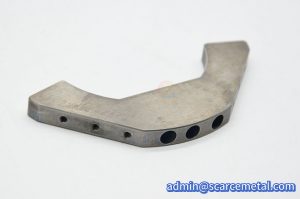 Packing
Packing



